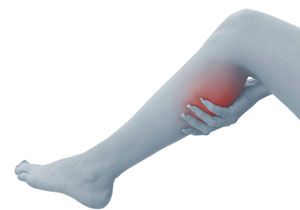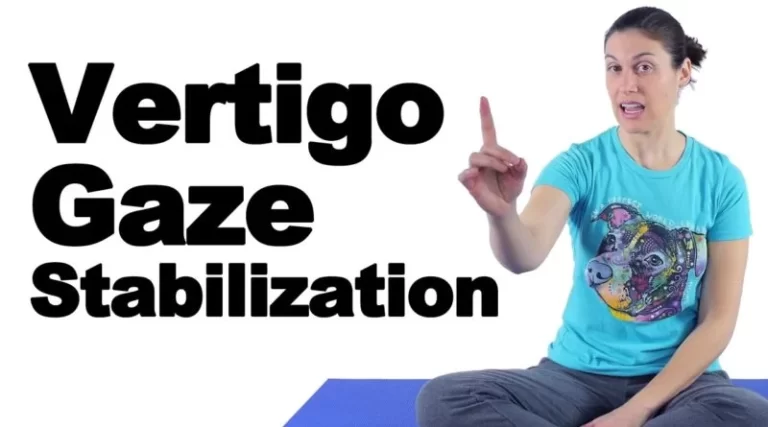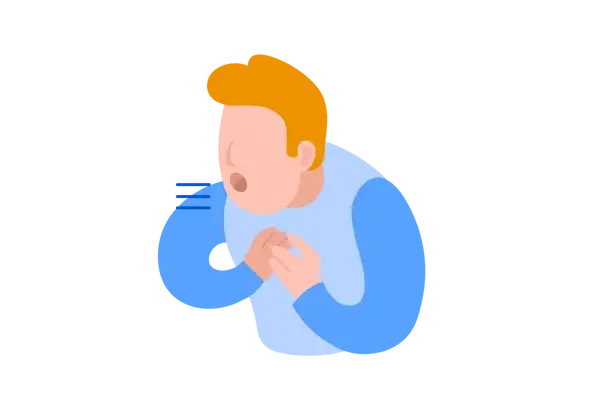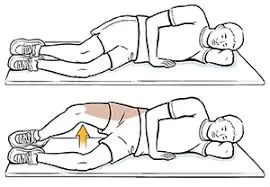Muscle pain in leg: Cause, Symptoms, Treatment & Exercise
Muscle pain in leg are the most commonly seen due to it bears all the body weight during day to day activity such as to prolonged standing, walking, stair climbing and playing continuous sports or over-activty in the job.
This pain occurs due to many causes like Traumatic causes, Musculoskeletal pain & many other causes.
This pain is produced by numbing, radiating, burning & tingling sensations in the area of pain.
This pain is diagnosed by the many diagnostic tests.
This pain is mostly relived with the use of RICE principle, pain medication & physiotherapy treatment.
Table of Contents
What are the causes of the Muscle pain in leg?
Traumatic causes:
The Traumatic causes include sports injuries.
Other causes of leg pain are related to the blood vessels, muscles, nerves, soft tissues, bones, and joints.
The causes of the leg pain are musculoskeletal, neurological & vascular.
Shin splints & stress fractures occur due to repetitive sports, like running.
Sometimes this Leg pain is indicated to be serious vascular problems.
Musculoskeletal causes:
The musculoskeletal causes include crepitus which is recognized by a popping & cracking sound in the knee joint & arthritis which is an autoimmune disease & affects the joints of the leg like the hip, knee & ankle joints.
If a muscle, tendonitis & ligament is strained due to a fall & any pain which is produced by the musculoskeletal causes.
When you feel Night cramps, compartment syndrome & stress fractures, this is also a musculoskeletal cause.
Vascular Causes:
The Vascular Causes include to PAD = Peripheral artery disease, DVT = deep vein thrombosis, cellulitis, varicose veins, infections & varicose eczema, in these conditions pain is accompanied by discolouration of the skin.
Neurological causes:
The Neurological causes include restless legs syndrome, in this condition legs twitch uncontrollably, neuropathy/nerve damage & sciatic nerve pain.
Neurological pain is present every time even during rest & night.
Leg cramps & Charley horses:
This condition is transient episodes of pain which is stay for several minutes.
This occurs too usually the calf means at the back of the lower leg, tightens & goes into spasm.
Cramps are occurred to more common at the night.
It occurs 1 in 3 people aged over 60 years & experience night cramps & 40 % experience over the 3 attacks per week.
PAD = Peripheral artery disease:
This condition is produced by pain in the leg due to poor circulation.
Intermittent claudication:
Occurs due to the blood supply of the leg muscles which is become too restricted.
It is given as the result of a lack of oxygen & nutrients which produces pain.
DVT = deep vein thrombosis:
This condition is one type of leg pain & becomes a blood clot on the lung if not quickly treated this condition.
This condition refers to a blood clot in the deep veins of the leg.
It can become to emerge after spending a long time sitting down like on a long-distance flight.
Shin splints:
Jogging & running create repetitive impact forces which are given to overload muscles & tendons.
Shin splints are produced to severe & localized tenderness in the muscles.
Sometimes bone pain is commonly felt around the shin bone.
Fractures & stress fractures:
If apply to Heavy pressure on the bone, which is come from a fall & give to result in fractures.
Some fractures are easily & immediately visible, with severe bruising, swelling & deformation.
This condition needs to normally receive urgent medical attention.
Stress fractures are small fractures which are result from repetitive stresses sustained during sports, often when the intensity of activity increases too quickly.
Popliteus tendinitis:
Is produced by knee pain during downhill running.
This condition occurs to inflammation in the popliteus tendon, which is important for knee stability.
Strain & sprains:
Acute trauma is lead to sprains & strains.
A sprain means refers to stretching & tearing.
A strain means it is an injury to the muscles & tendons.
This pain occurs associated with the running & a hamstring strain is lead to acute pain in the rear of the thigh muscle, but it usually occurs due to a partial tear.
Sprains &strains usually develop due to inadequate overstretching, flexibility training & not warming up before an activity.& do the Continue to exercise while already injury occurs.
Compartment syndrome:
When occur to a leg injury is given it results in swelling when occurring to dangerous levels of the pressure in the muscles which is lead to acute & chronic compartment syndrome.
It occurs due to a fracture & severe bruising.
The swelling is produce the pressure to build up till the blood supply which is muscle tissue is cut off, depleting the muscles of oxygen & nourishment.
This pain is unexpectedly severe & considering the injury.
Due to severe cases, early pain is followed by numbness & paralysis.
Sciatic nerve pain:
It occurs when pressure is put on a nerve, often in the spine which is leading to pains & runs down the leg from the hip joint to the foot.
It happens when a nerve is pinched into a muscle spasm & by a herniated disk.
Ovarian cancer:
This condition also leads to pain & swelling in the legs.
What are the symptoms of the Muscle pain in leg?
You feel cramp-like muscle pain during exercise & exertion
You feel pain in the buttocks, thighs, calves &feet.
You feel pain when walking & climbing stairs
And observe swelling in the area of pain.
You feel tightness & spasms in the area of pain.
In the patient also presents tender & trigger points in the muscle pain area.
You also feel sometimes a burning sensation in the area of pain.
You also feel the weakness of the leg.
How to diagnose of Muscle pain in leg?
In some severe conditions need to contact the doctor.
when you meet a doctor, they follow the assessment to try to know the reason for the leg injury.
The first doctor asks some question about the history & try to know the causes of the injury.
Then observe the swellings & redness of the observe the muscle pain.
In the palpation, part palpates to swellings & spasms of the muscle pain.
The examination, part examines to ROM & strengthening of the leg pain.
After that diagnosis doctor advised proper treatment for the leg.
What is the treatment for the leg pain?
Treatment of leg pain is mostly depends upon diagnosis of leg pain with causes and associated symptoms. Most commonly followed treatment play are pain relieving medicine with use of RICE Principle and Physiotherapy treatment with exercise.
In the starting phase of pain, the doctor has advised you on the RICE principle for the release of muscle pain.
R- Rest: The doctor is advised to do some days of rest to prevent further injury & allow healing time to reduce the swelling.
I– Ice: It helps to you for reduces the swelling, inflammation & pain, ice is applied for up to 20 minutes on the area of pain & wrapped in a cloth, not to apply directly on the skin, you can also use it to ice pack & frozen peas for release the swellings.
Compression: You can use an elastic bandage, but not wrap it too tightly which is help to reduce swelling & pain.
Elevation: Lift the injured leg above the level of the heart so that gravity assists with the draining, which helps you reduce the swelling & pain.
Pain medication:
Your doctor mostly prescribed you pain relieving medicine such as non-steroidal anti-inflammatory drugs(NSAIDs) reduce to pain.
You can also apply pain relieving gel or spray on the area of pain release to pain & swellings.
But when the pain is not reduced for more than 72 hours, contact the doctor.
Cold / Heat therapy:
When the leg muscle pain with swelling & spasms are present you can also be used hot or cold pack for 20 minutes on the area of pain.
What is Physiotherapy treatment for leg pain?
The physiotherapy treatment includes massage, electrotherapy, stretching exercise & strengthening exercise.
Massage:
When the tender points & trigger point is advised to massage to release the swelling & pain.
This massage is applied with the help of oil & powder for 5 minutes.
This massage is also applied by to massager.
Electrotherapy treatment:
The electrotherapy treatment is included SWD, TENS, IFT, US & deep heating therapy for the release of pain & swellings.
When the tender points are present therapist has applied US = ultrasound for 5 minutes on the area of pain for release to tender points & swellings.
To Reduce muscle pain in the leg Physiotherapist is used to SWD = short wave diathermy, Interferential therapy (IFT), Transcutaneous electrical nerve stimulation (TENS) machine for 10 minutes on the area of pain.
Stretching exercise:
This stretching helps you release muscle pain, swellings & muscle tightness.
- Calf Stretch
- Shin Stretch
- Hamstring Stretch
- Quadriceps Stretch
- Inner & Outer Legs Stretch
Calf Stretch:
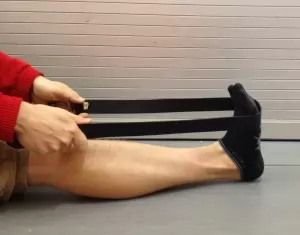
The patient is in a sitting position on the ground with their legs straight out in front of her.
Place a long towel & yoga strap around the balls of the feet.
Must be Keep the back & knee joint straight then gently pull the towel & strap so that the toes are starting pointing toward the body.
The patient is Breathe naturally while they hold the stretch for 30 seconds before releasing.
This stretching is repeated 3 times at 1 time & perform 3 times per day.
Shin Stretch:
The patient is Kneeling on the ground pointing the toes so the tops of the feet are on the ground.
Gently sit back on the heels till they feel a slight stretch down the shins.
Hold this stretching position for 30 seconds, then do rest.
This stretching is repeated 3 times at 1 time & perform 3 times per day.
Hamstring Stretch:

The patient is Sitting on the ground with both legs straight out in front of the body.
Bend at the waist, keep the chest open & back long.
Stretch forward, sliding the hands on the floor toward the feet.
Hold this stretching for 30 seconds.
This stretching is repeated 3 times at 1 time & perform 3 times per day.
Quadriceps Stretch:
The patient is Held onto a wall & a chair for balance.
The patient is standing on one leg & lifts the opposite leg off the floor.
Gently bend at the knee joint & pull the foot up close to the buttock.
Hold this stretching for 30 seconds & repeat this stretch on the opposite leg.
This stretching is repeated 3 times at 1 time & perform 3 times per day
Inner & Outer Legs Stretch:
Start with the feet facing forward, shoulder-width apart.
Try to Step out to lunge to the left, bending the knee joint to 90 degrees without allowing the knee to go past the toes. then Lower into the left side & straighten the right leg.
With the back straight, place the hands on the left thigh & hold this stretching for 30 seconds.
Then Straighten up from the standing position.
Repeat this stretching on the opposite side.
This stretching is repeated 3 times at 1 time & perform 3 times per day.

Ankle Pumps:
The patient is in a Sitting & supine position on the floor with both legs extended.
You also do this exercise while sitting on a chair in the office & anywhere.
Then Pull the toes towards yourself & point them away from you.
Push & pull the toes as far as in either direction as you can.
Then Repeat this exercise 10 times.
Do this exercise 2–3 times a day regularly.
Straight leg raises:
The patient is Lying down on the floor with one leg bent & one leg straight out in front of the body.
Then Contract the quadriceps muscle & straighten the leg & slowly raise the leg up off the floor to the same height as the bent knee joint.
Hold this exercise for 10 seconds, then return to the starting position
Do 2 to 3 sets of this exercise with 10 repetitions of each leg.

